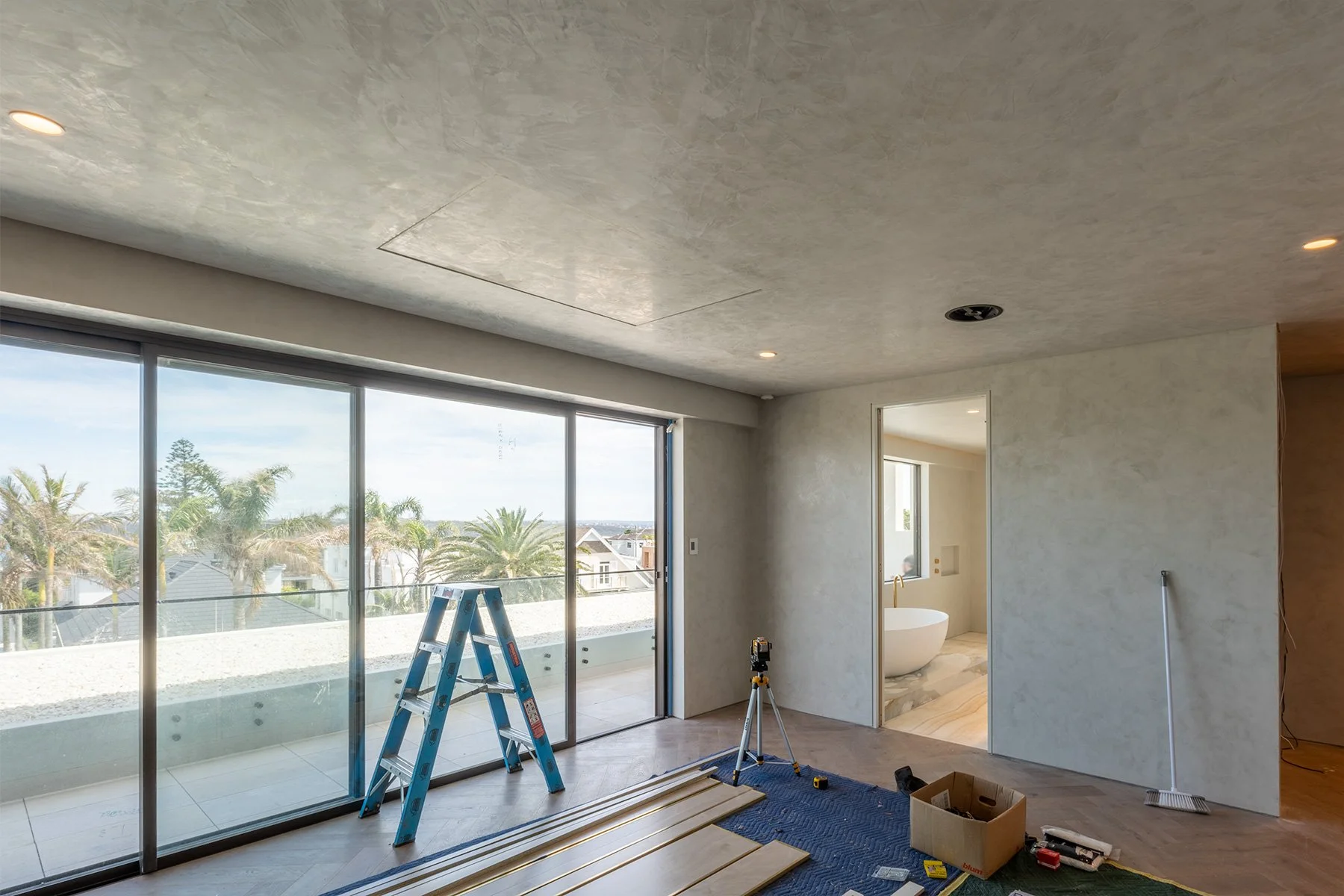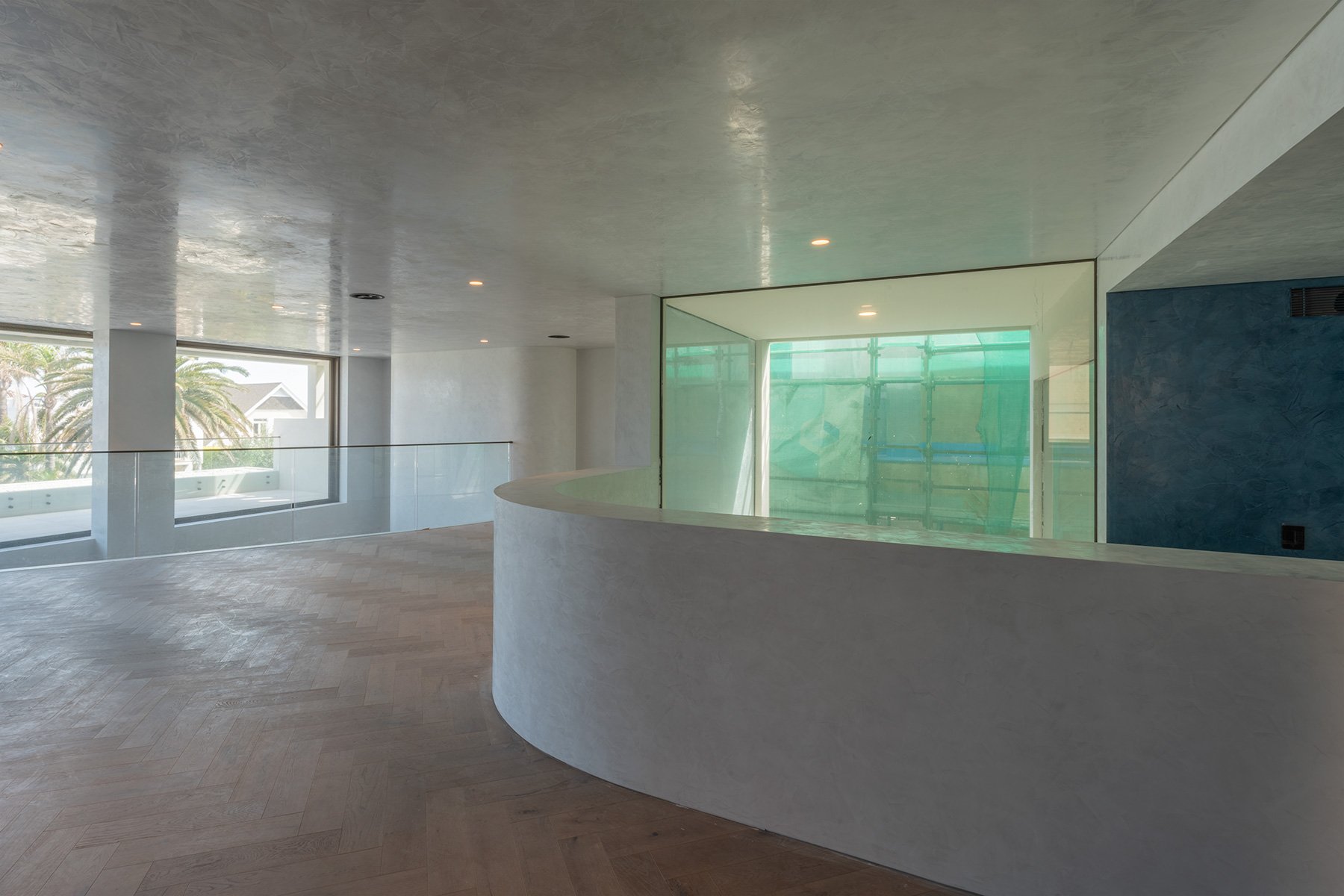What is stucco wall finish?
Stucco is a decorative wall material made of binders, aggregates and pigments which is often waxed and polished to achieve a variety of high specification wall finishes.
History of Stucco decorative finishes has a beginning in traditional practice reaching back thousands of years ago, beyond Classical Rome, Greeks and Ancient Egyptians. Traditional stucco was made of lime, sand and water. Romans were the first to develop and refine the craft of stucco with the application techniques often consisting of twelve successive coats of fine-textured lime-based renders, finishing up with slaked lime and marble dust applied with trowels and spatulas to achieve smooth, hard compacted surfaces with a glossy finish. Animal or plant-based fibres were often used in the mix for additional strength.
Romans laid the foundations for specialised skills of Italian "stuccatori" who travelled Europe in the seventeenth and eighteenth centuries applying decorative stucco finishes in palaces and houses. Stucco has been since used as a sculptural, artistic and decorative material.
Modern stucco is usually a mix of sand, Portland cement (a hydraulic cement made of pulverised hydraulic calcium silicates), lime, water and may contain additives such as acrylics and glass fibres to improve the structural properties.
There are also synthetic versions of stucco that can be applied as one base layer and finish layer, which is faster to apply than traditional multi-coat stucco. The traditional application of the decorative finish occurs at least in three coats. The first two plaster coats are applied either by hand or sprayed. The finish coat can be troweled smooth, textured, smoothed to a sand finish or sprayed.
The critical to a successful finish is achieving a flawless surface and applying smooth well-compacted coats as flat as possible as the polishing process magnifies every dent or irregularity.
How to make traditional polished and tinted stucco marmorino:
Prepare marble dust, mature putty lime and lime compatible pigment
setup a board for working plaster, bucket for soap/lime mix and mixing utensils, plasterer's steel float and hawk, standard brush, soft well or wool rags for polishing
Put on gloves and googles
Start working the putty lime on a wooden board until a smooth consistency - it can take up to twenty minutes to achieve this
Add marble dust and mix with the putty in proportions of one to one, until buttery smooth. Add lime compatible pigment (for example iron oxide) dissolving throughout the water first. Add pigment continuously bit by bit, testing the colour once mixed on board. Thorough mixing and working are needed to disperse the pigment.
Apply the mix firmly but thinly on the wall over the dampened previous coat. Use steel spatula for working final coats, for compacting the surface as much as possible, working downwards in fast cross-hatching style. The thinner the layers, the better the final finish is
For spectacular looking decorative stucco finishes, be sure to get in touch with Di Emme Creative Solutions. We have 30 years of experience in creating commercial decorative finishes, and you can trust us with your project.





